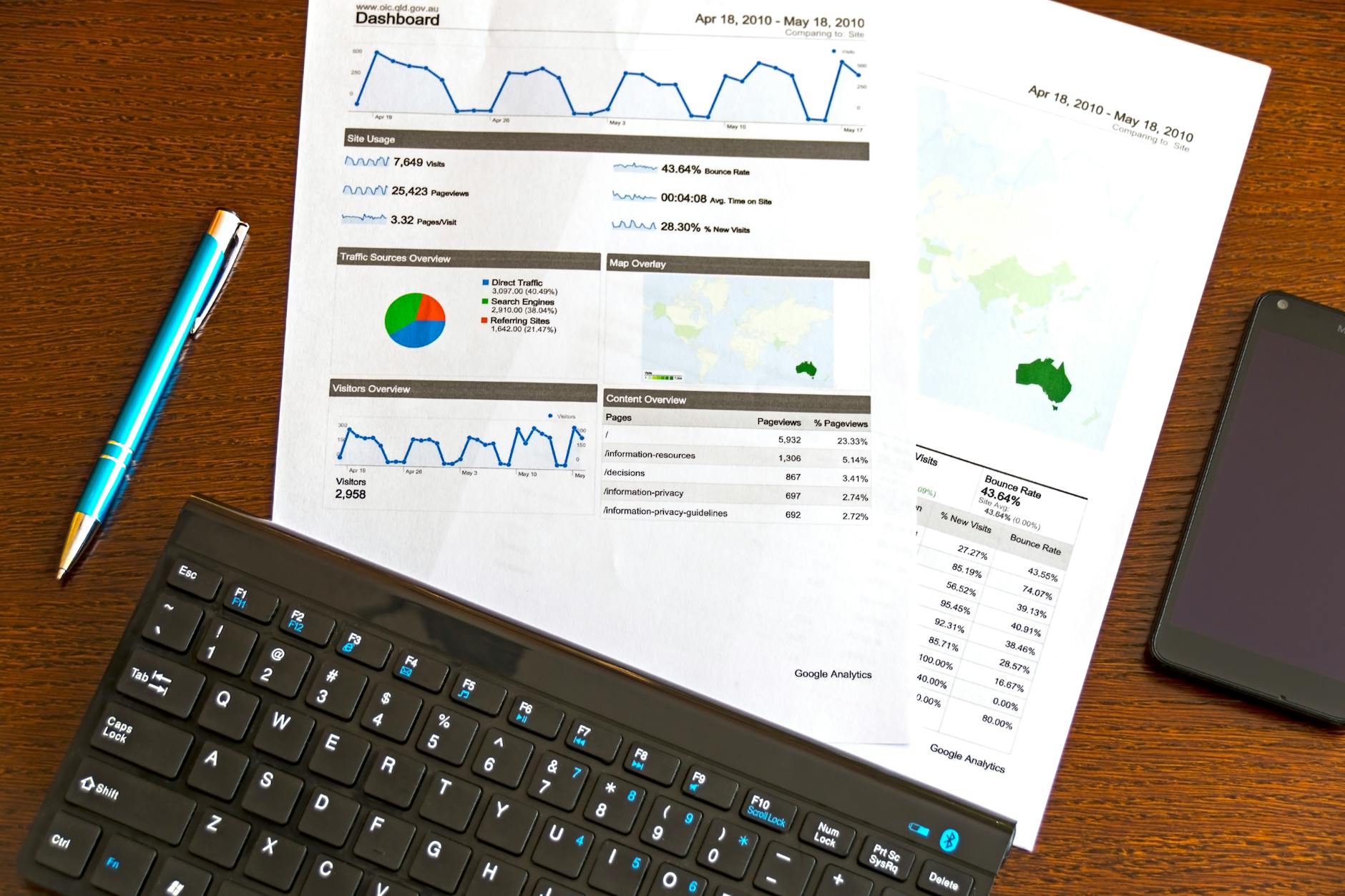Innovative Data Analytics Techniques for Financial Reporting Excellence
Innovative data analytics techniques for financial reporting excellence have become indispensable in the evolving world of finance. As organizations navigate through massive volumes of data, adopting advanced analytical methods is key to enhancing accuracy, transparency, and decision-making in financial reports. This article explores several cutting-edge approaches that empower financial professionals to extract meaningful insights, streamline reporting processes, and ensure compliance. From predictive analytics to automation and real-time data visualization, these techniques are transforming traditional financial reporting into a dynamic, insightful process. The integration of these analytics methodologies not only improves financial accuracy but also fosters strategic foresight, enabling organizations to proactively address risks and opportunities.
leveraging predictive analytics for accurate forecasting
Predictive analytics applies historical data, statistical algorithms, and machine learning to forecast future financial outcomes. In financial reporting, this technique helps anticipate revenue trends, cash flow projections, and potential risks such as credit defaults or market volatility. By moving beyond retrospective analysis, organizations can create more reliable budgets and forecasts, reducing surprises and enhancing strategic planning.
For example, banks use predictive models to assess loan default probabilities, allowing them to provision reserves more accurately. Companies also leverage these models to estimate earnings per share and guide investment decisions, ultimately improving the credibility and robustness of financial statements.
automation and robotic process automation (rpa) in reporting workflows
Automation, particularly robotic process automation (RPA), minimizes manual effort in financial reporting by automating repetitive and rule-based tasks. This includes data extraction from multiple systems, reconciliation, and report generation. The benefits are multi-faceted: faster report preparation, reduced human errors, and improved compliance with regulatory requirements.
Organizations that have integrated RPA into their financial processes have seen:
- 30-50% reduction in the time needed for closing books.
- Elimination of up to 90% of data entry errors.
- Enhanced audit trails and transparency.
real-time data visualization for better stakeholder communication
Financial reporting is no longer confined to static, end-of-period documents. Real-time data visualization tools now enable continuous monitoring of financial health through dashboards and interactive reports. These tools help CFOs and financial analysts quickly identify anomalies, trends, and performance deviations.
By presenting data visually, complex metrics are made more accessible to stakeholders, facilitating quicker decision-making. This dynamic approach also supports scenario analysis by allowing users to manipulate variables and instantly see the impact on financial metrics, strengthening the quality of insights delivered.
integrating big data and external information sources
Traditional financial reports relied heavily on internal accounting data. However, modern techniques incorporate big data sets from various external sources such as market indices, social media sentiment, and economic indicators. Combining internal figures with this external data creates a 360-degree view of business performance.
This integration enhances risk management by providing early warnings of market shifts or regulatory changes and supports strategic planning by capturing broader trends impacting financial outcomes. Financial teams equipped with these insights can better justify assumptions and provide more comprehensive disclosures to investors and regulators.
Conclusion
Achieving excellence in financial reporting requires embracing innovative data analytics techniques that go beyond traditional practices. Predictive analytics enable companies to forecast with greater accuracy and mitigate risks, while automation, including RPA, accelerates reporting and reduces errors. Real-time data visualization transforms static financial documents into dynamic decision-making tools, enhancing stakeholder communication. Additionally, integrating big data and external sources provides a richer, more nuanced understanding of financial performance.
The convergence of these methods fosters transparency, improves accuracy, and enhances the strategic value of financial reports. Organizations adopting these innovations position themselves to navigate complexities with confidence, deliver timely insights, and sustain competitive advantage in an increasingly data-driven financial landscape.
Image by: AS Photography
https://www.pexels.com/@asphotograpy
editor's pick
latest video
news via inbox
Nulla turp dis cursus. Integer liberos euismod pretium faucibua


